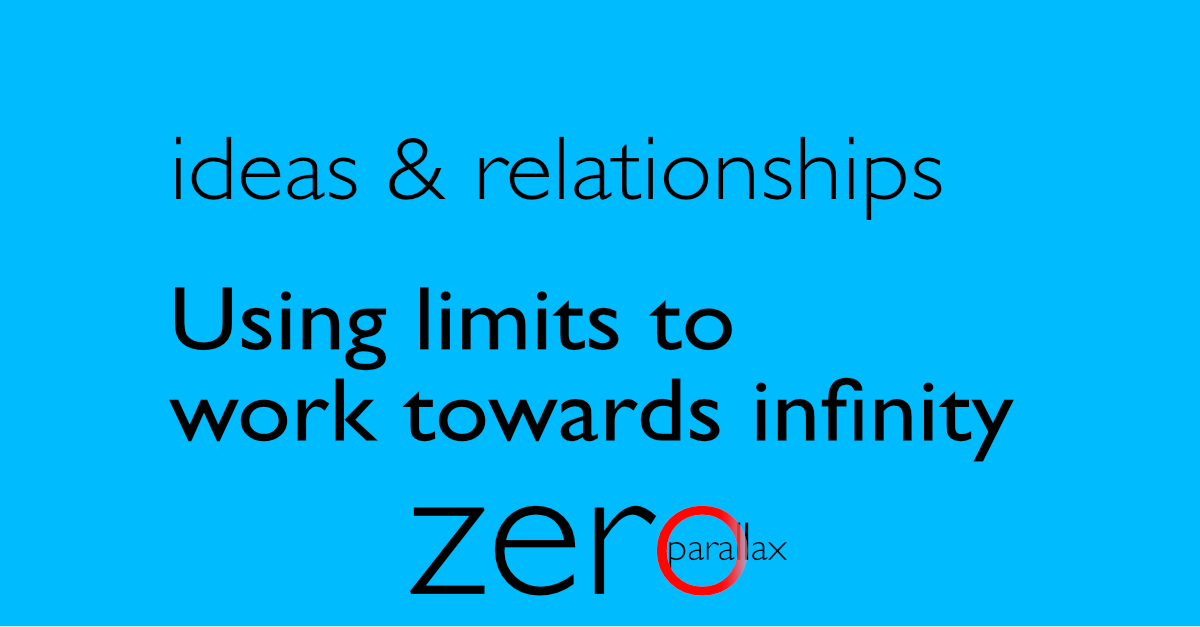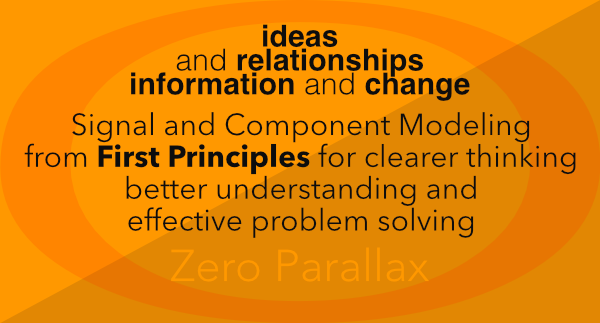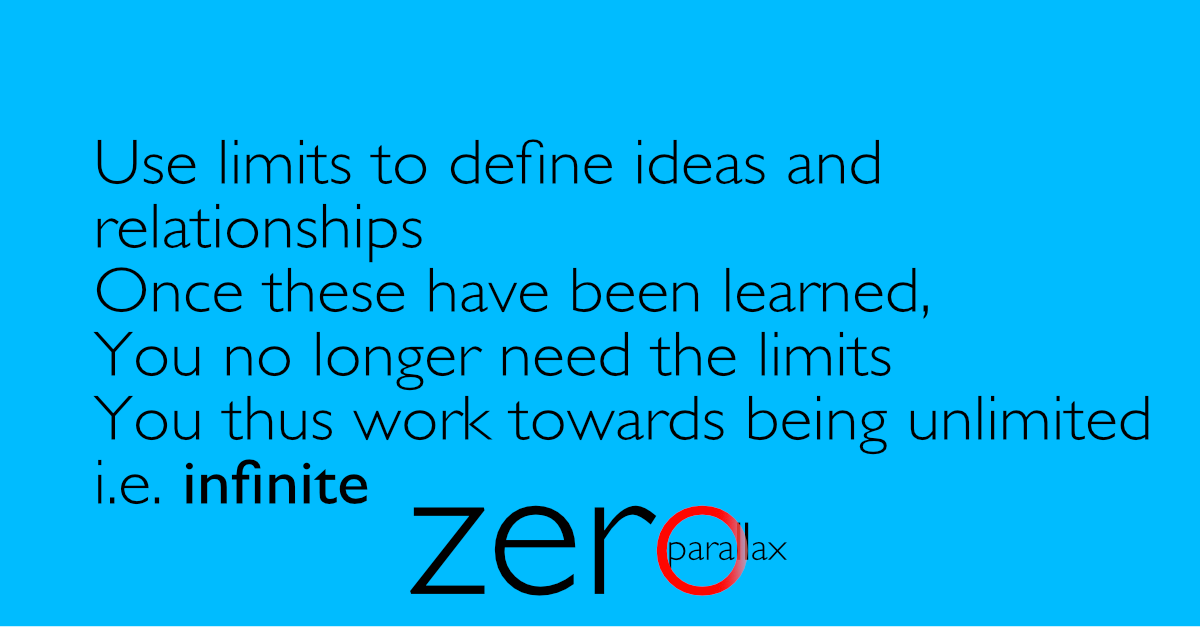Flexible thinking
(Formerly "Learning to Understand")

Flexible Thinking, A first principles approach (formerly "Learning to Understand")
Working from first principles is an abstract thinking technique that can be applied to learning anything.
It can be used to help remove bias.
And it lends itself to learning that is adaptable and to a mindset that can effectively deal with change. Working from first principles lends itself to "flexible thinking".
Imaginary models
Working and thinking from first principles isn't about rote learning, or rote memorization. It's about learning to understand. That being said, this method does require some memorization.
In order to learn anything there is an element of memorization, of putting what you are trying to learn in your memory in some way, shape or form.
But instead of memorizing the outer form of whatever you are learning, with first principles, you build a model in your consciousness. If you like, we can say that we build models in our "imaginary space".
To aid better understanding, these models can have two main points of view, two perspectives.
Adding a story
Working from first principles tends to be associated with the idea of breaking things down into their component parts. And there's nothing wrong with just that.
A more powerful approach is to also break systems down into signals. This provides a change in point of view of what you are learning that is roughly equivalent to the difference between an artist painting, or drawing, or sculpting, and then taking a step back from their work to see what they've done.
While the artists is painting, or drawing, or simply "executing", that is where we get the signal or "story" view. Taking a step back, the artist can see the individual parts of what they've done and see how they all relate (or fail to relate). This is the component view.
Where we get the signal view while the system is actually working, the component view generally occurs while the system is quiscent, and even partially or fully disassembled.
Another way to think of the signal view is that it is the "story view". It's not just one story, it's all stories that are associated with the sytem in any of it's possible modes.
The models in our consciousness are constructed from these two points of view, the component view and the signal view.
Dual perspectives
These two perspectives can be applied when learning systems in the usual sense of the word systems, systems that are outside of ourselves. And they amount to viewing the component parts of the system and how they all relate , plus viewing what happens inside the system while it is actually working.
They also apply to ourselves when we are an integral part of the system we are learning. In this instance, we can switch our mode of consciousness between analytical mode, aka thinking, to flow mode, aka being in the flow, no mind etc.
The movie screen of our mind
For ourselves these two modes are what allow us to view ourselves, our actions, even out thoughts, from two perspectives. It's like having someone video ourselves while we perform, then we get to look at the recording afterwards. But with this facility to change our mode of consciousness, we can retrospectively view our actions using the movie screen of our mind.
All of this may sound reasonable and mundane, and don't we do this anyway when learning?
A principled approach to problem solving
The idea is to turn working and thinking from first principles into a tool that can be used to solve problems, remove, or at least reduce bias, make learning easier and more enjoyable (an enjoyable challenge, lets say). But it's also to create a framework that makes it easier to apply lessons learned from working with one system to any other system.
For myself I apply lessons from Tai ji to yoga and to riding a motorbike. These same principles I apply to learning to paint Chinese characters (while being in the flow).
These same principles I've applied to designing a lookup system for Chinese characters.
And I've applied it to learning to program.
And I've applied this same system to learning to feel and control my body in such a way that I've dealt with knee and hip problems, improved flexibility, learned to work more efficiently in apply strength and in working out.
And I've used it to teach these same methods in a foreign language with limited ability to communicate.
And I've applied it to being a single father.
Not getting hung up on errors
I'm not perfect in any of these things. And there has been a lot of trial and error. And that's a big part of what makes working from first principles so effective. The trial and error is part of the learning and what enables us to more effectively deal with change.
First principles simply makes the trial and error process a bit more systematic. It offers the tools to see how to do things differently. And it also makes it easier to not get so hung up on the errors.
A programming methodology applied to life
For anyone who has ever learned to program (and who has learned how to program in such a way that they can go back to their programs weeks or months later, and understand what they wrote, and where required, change their program and have it still work) first principles is applying that same methodology to learning, or creating, anything.
While it can be useful in figuring out problems, in learning new things, in improving things (ourselves even), it can also be applied to creating new things, of coming up with new ideas.
A general framework for understanding any system...
The zeroparallax approach to working from first principles makes it easier to recognize biases, and that in turn means that it's easier to recognize opportunity. Often times opportunity arises because of a collective bias. The opportunist shows us this and provides an easy way to move away from this bias (creating a new bias in the process.)
For ourselves, we can learn to recognize our own biases, and change them when required. Thus we gain agency, rather than being at the whim of external forces, we can steer our own course.
And you might say to yourself, great, yet another thing I want to learn but haven't got the time for.
And that's the thing about the zeroparallax approach to first principles. It is a framework for applying first principles to any system. As a result you can apply it to what you are doing now.

